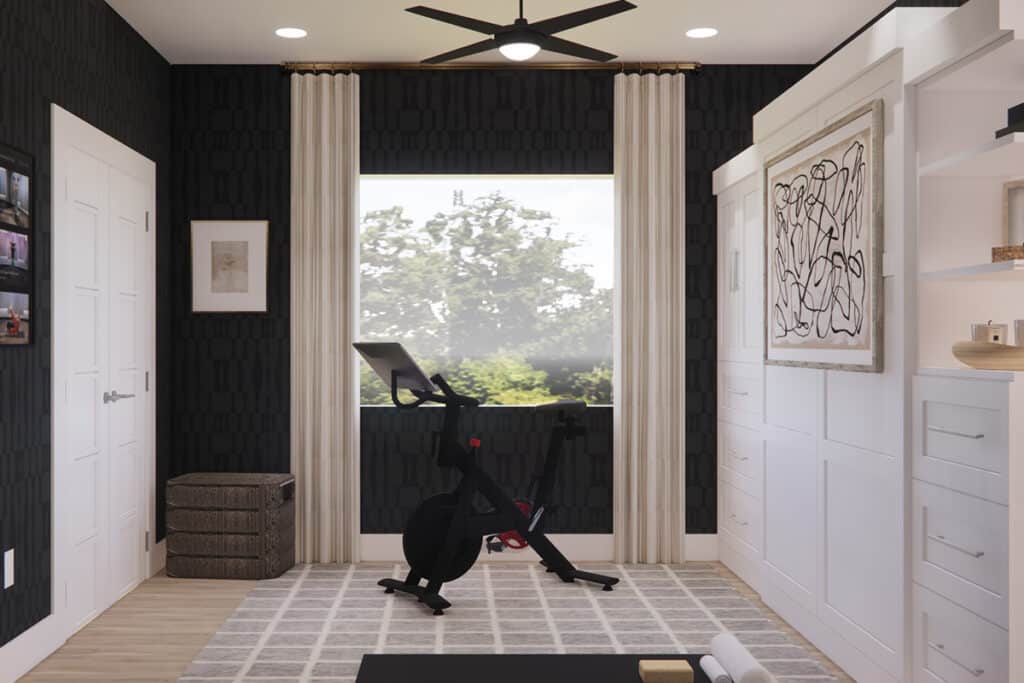When I think back to my high school years, I’m pretty sure my main source of insecurity was my skin. I remember being at a choir concert and feeling absolutely certain that everyone in the audience was surely staring at the giant pimple on my nose. And I almost skipped prom altogether after an untimely breakout that couldn’t even be concealed by stage makeup.
I don’t think I was (or am) alone in my teenage skin woes. As a teen, nothing can wreak havoc on your life like a breakout. We reached out to Brenda Hughes, patient consultant with Skin By Design Dermatology & Laser Center, P.A., and Joey Dixon-Julian, a physician assistant in dermatology, to get their advice on helping teens cope with skin issues. I wish I had had their advice when I was a teen!
“When it comes to acne, teens must not feel they are suffering alone because they aren’t. As a matter of fact, about 80 percent of the planet’s population will suffer from one stage of acne or another at some point in their lives,” Brenda Hughes states. “Teens are going through a lot with their body changes developmentally, and it is frustrating and can even be frightening for them. They tend to be very self- conscious about acne issues. Acne can quickly advance to the next stage if measures are not taken to get it under control,” she explains.
Although Dixon-Julian treats many skin issues in teenagers, including keratosis pilaris, atopic dermatitis and folliculitis, acne is the most common skin issue she sees in her practice. This is due to the hormonal changes that take place during the teenage years and cause an increase in oil production. She explains, “This increase stimulates an overgrowth of bacteria within the oil gland and triggers an inflammatory response in genetically predisposed individuals. The resulting inflammatory response is what causes the pink bump on the skin, often referred to as a pimple, and what we call inflammatory acne. Increased oil production also contributes to follicular plugging, causing blackheads and whiteheads to appear. This type of acne is referred to as non-inflammatory acne, and is typically the earliest form of acne I see in pre-teen patients.”
Lifestyle Strategies to Prevent Breakouts
“I find it helpful to paint a picture for teens about what is happening to their skin and what happens when they don’t take care of it. Establishing great habits starts young,” says Hughes.
Manage stress
Looking back at my own teenage skin troubles, one trend is blindingly obvious in hindsight — breakouts always happened during stressful times. Dixon-Julian explained how mitigating stress can help prevent acne: “When humans are under a great deal of chronic psychological or physical stress, the adrenal glands secrete adrenal androgens. Adding these hormones to an already hormonal mediated acne pattern can worsen the acne picture and make it much tougher to treat.” She recommends helping your teen manage stress through regular exercise, adequate sleep and open communication.
Eat well
And then there are the culprits your teen might be less likely to identify – sweets. Dixon-Julian noted the role of diet in preventing breakouts. “Help your teen minimize dietary sugar and high-glycemic carbohydrates like cookies, cakes, bread, donuts, bagels and crackers. Foods like these cause an immediate spike in blood sugar and set off a cascade of hormonal events that lead to increased insulin production, increased oil production and inflammation in general. Adopt a low- glycemic diet along with them to show your support.” She also recommends adding a fish oil supplement or eating fatty fish a few times a week in order to reduce inflammation.
Establish good hygiene habits
As with all good habits, the key to good hygiene is consistency. Teens will be more likely to make hygiene a habit if they are given simple, effective tools to do so.
As Dixon-Julian recommends, “Encourage good hygiene and make it practical. Teens are not always motivated to go to the sink and wash their face with soap and water twice a day, but it is truly one of the most important steps in their acne regimen. Make it easy by supplying them with disposable cleansing cloths like ones made by Neutrogena or Cetaphil. Not only are they super practical, but they can enhance compliance. It’s not a perfect substitute for soap and water, but it’s better than nothing.”
Hughes explains ways to approach face cleansing. “If short on time, use cleansing pads or tissues. Ask a dermatologist for cleansing pads that have glycolic and salicylic acid together or use a purifying toner. With time, teens should wash their face, apply medications and sunscreen. An effective sunscreen that addresses acne issues is UltaMD UV Clear.” Hughes adds, “When applying medication, apply the recommended amount — too much can cause major irritation without added benefits. Teens may need to use something to hydrate skin since some acne medications can be really drying. There are products that won’t add oils but provide the hydration that they need.”
What about skin care products?
As a teen, I probably tried a new product every week to help me treat breakouts. When asked about product use, Hughes explains, “We have a very large teenage patient base and find the biggest problem is their compliance with product use. We also find many teens will take skin advice from a doctor or consultant more easily than from their parents.” Hughes goes on to state that parents can call to schedule a complimentary consultation. “I can go through their makeup and skin care products and address which products are good and which are not good for them. We can also talk about new products and trends.”
Dixon-Julian talked about how teens can navigate the shopping aisles and choose the best products. She emphasized the importance of first identifying the problem and symptoms. If your teen is primarily dealing with blackheads and whiteheads, she advises products that contain an acid, such as Oxy wipes, and foaming cleansers such as Aveeno Clear Complexion.
If your teen is dealing with pink pimples, Dixon-Julian recommends starting with a benzoyl peroxide product. “Keep in mind the higher the percentage of benzoyl peroxide, the more drying it is likely to be. So make the selection based on the body area you desire to treat and whether or not the skin is dry, oily or somewhere in between.” For example, a 3 to 5 percent formula is best for acne on the face.
For teens who are dealing with both types of acne, she recommends combining the two products: “You can do this by purchasing a benzoyl peroxide-based cleanser and then following with a salicylic acid-containing wipe or lotion. This combination offers coverage for blackheads, whiteheads and inflammatory acne. Just know your teen may experience a little more drying and irritation with the two ingredients combined. It is best to go slowly and introduce one product for a few weeks, then add the other and gradually work up to twice-a-day applications of both products.” Remember that although these products usually work, it might take a long time to see noticeable effects. Dixon-Julian advises parents and teens to allow at least eight weeks before
they consider contacting a dermatologist.
She also stressed the importance of convenience. If products aren’t easy to use, your teen will have a hard time being consistent, and consistency is the key to a long-term resolution. “Teens are often not very consistent. This is where the vehicle becomes vitally important. It has to be easy to use and feel good on their skin. If not, chances are your teen won’t be super compliant, no matter how much he or she wants their acne gone,” she says.
When to seek help
If your teen is struggling with acne, try this combination of lifestyle changes and medical treatment. Help your teen establish consistent stress management, diet, hygiene and skin care habits, and be patient. If your teen’s symptoms have not improved, Dixon-Julian advises seeking help from a dermatologist. “If you are not seeing a response within eight to 12 weeks, it may be necessary to see a dermatologist for either a more aggressive treatment or multimodal approach. As good as some of the over-the-counter products may be, some patients still require a more customized approach.”
And Hughes reminds us, “Teens must understand perfection cannot be the goal. Almost everything they see in magazines and media is enhanced or retouched in some way – an unrealistic standard to try to reach.”
By Nicole Crawford





